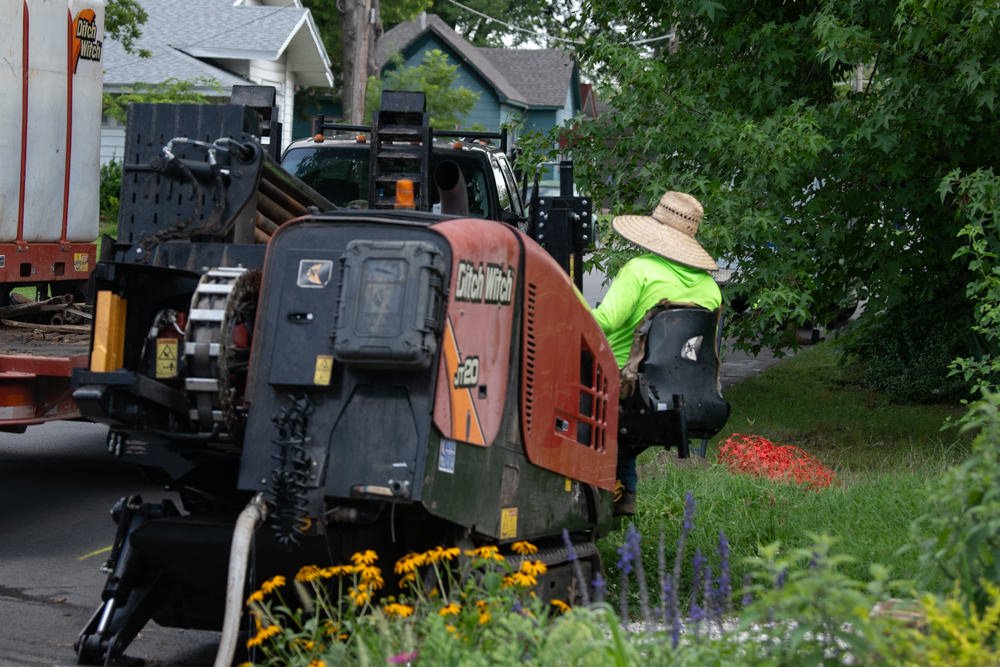

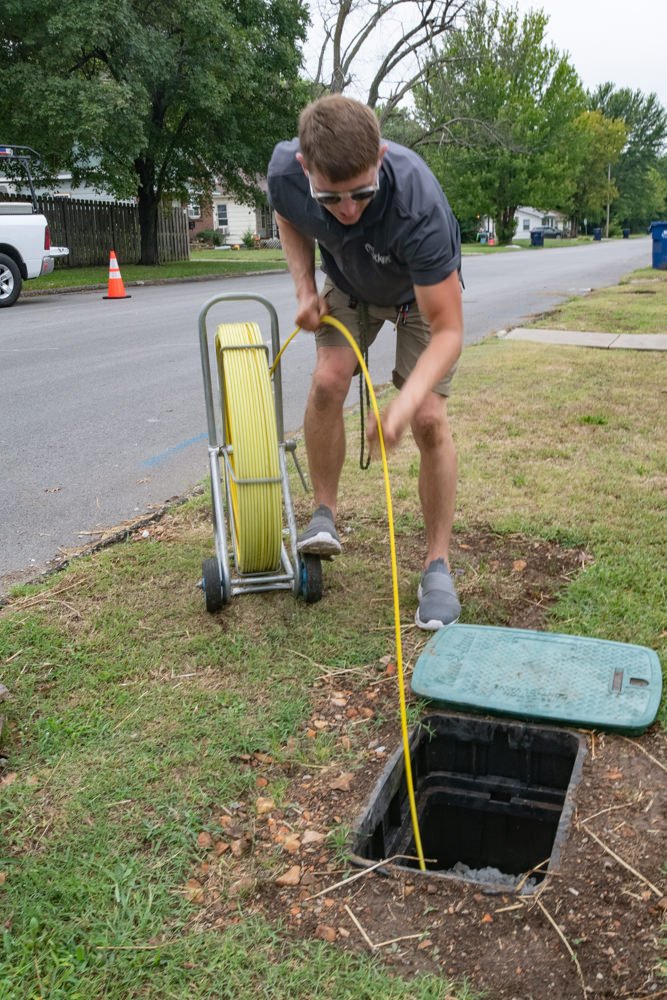

Bob Foos
UPDATE (Sept. 25)
Since publishing this, I’ve learned I need to make a correction and add more information.
It’s wrong that fiber doesn’t use a modem. In fact, the cable coming in the house from the outside connecter runs to a modem typically mounted on a wall. An ethernet cable then connects the modem to the WiFi router, which Socket is currently providing here.
Socket’s completed coverage area is mostly south of MacArthur Drive. The houses next to be connected are in the southwest quadrant. As areas come on line, residents will receive Socket mailers. You can check anytime if service is available at your house by typing your address on the Socket website. A sure sign is the presence of a “flower pot” in your yard.
Socket plans to provide coverage in the downtown Webb City and all over Carterville. It will be fiber but strung above ground instead of buried.
There’s a new option to receive internet in some sections of Webb City.
In those sections, the digging to install the orange conduit is over and houses are being connected to the internet with fiber-optic cable provided by Socket Fiber.
Socket’s marketing department is returning a call to find out how much of Webb City is ready for installations.
There are enough potential customers, though, for an informational event to be held at 1 p.m. Thursday at the Webb City Area Chamber of Commerce, 112 W. Broadway.
Matt Kohly, regional director of business development, says Socket is focusing on markets in the Interstate 49 corridor south of Kansas City. While previously considering Joplin, “people asked, ‘Why not try Webb City.’”
Kohly says Webb City, a “growing, active community,” sounded like a good opportunity. And it has turned out be easy to work with, from the chamber to the permitting process.
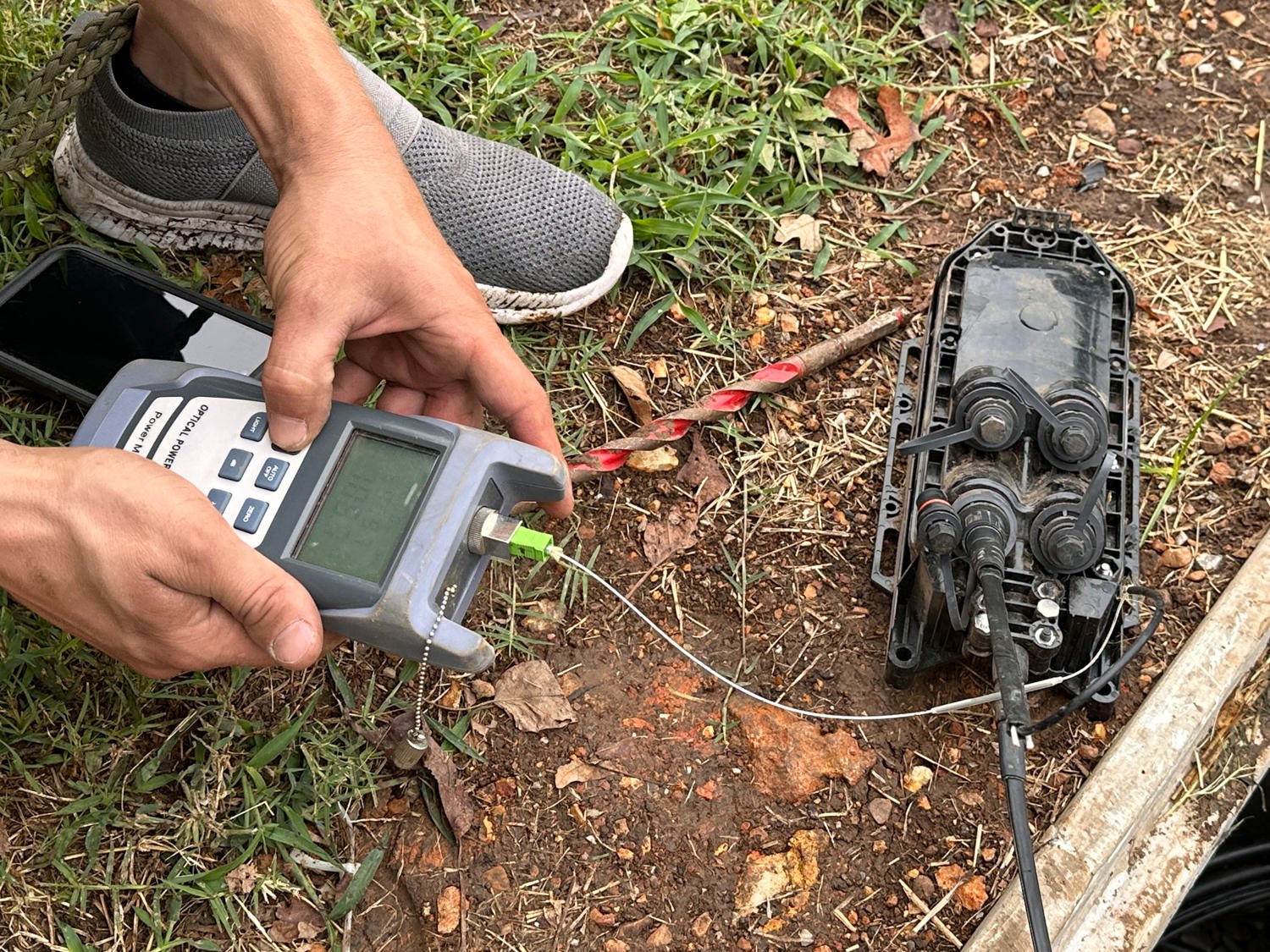
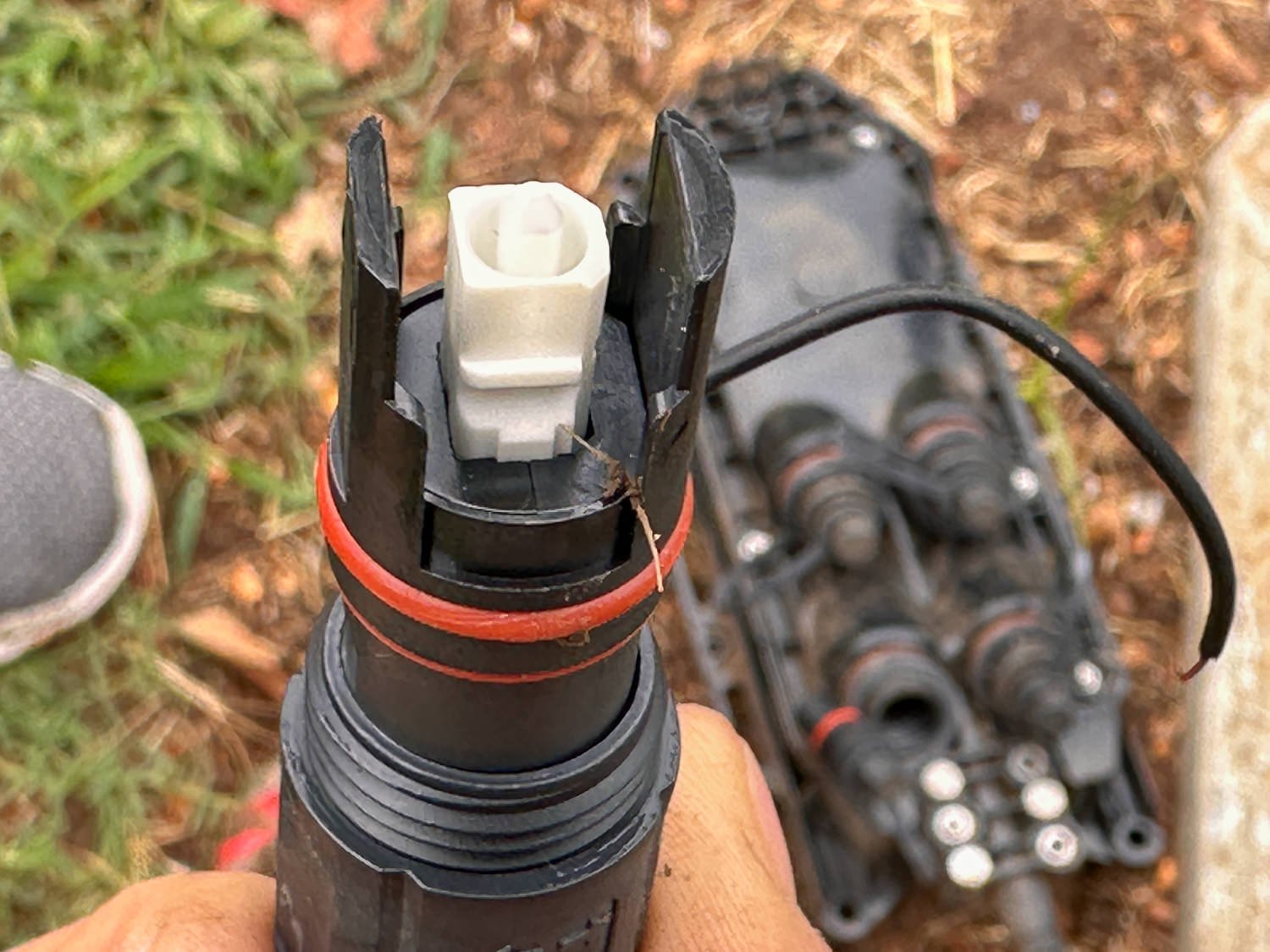
Sparklight, the traditional cable company in Webb City, has improved the internet speed it provides with its above-ground cable system, but Kohly says fiber-optic cable has advantages, including reliability, high speed (up to a gig and greater) and symmetry.
While cable speed typically is much faster when downloading than uploading, fiber download and upload speeds are advertised at the same speed.
“What (speed) you purchase is what you’re going to get” with fiber-optic cable, says Kohly.
“There is a lot of demand for good internet,” Kohly says, but “small towns have not had good choices.
“A few years ago I would not have thought people would need a gig in their house.”
A gig is 1,000 megabits per second. Here’s a guide to help determine how much speed you need and test your current speed.
Socket Fiber also offers 300 and 500 mbps packages. You can type in your address on the site to see if Socket’s service is available in your neighborhood.

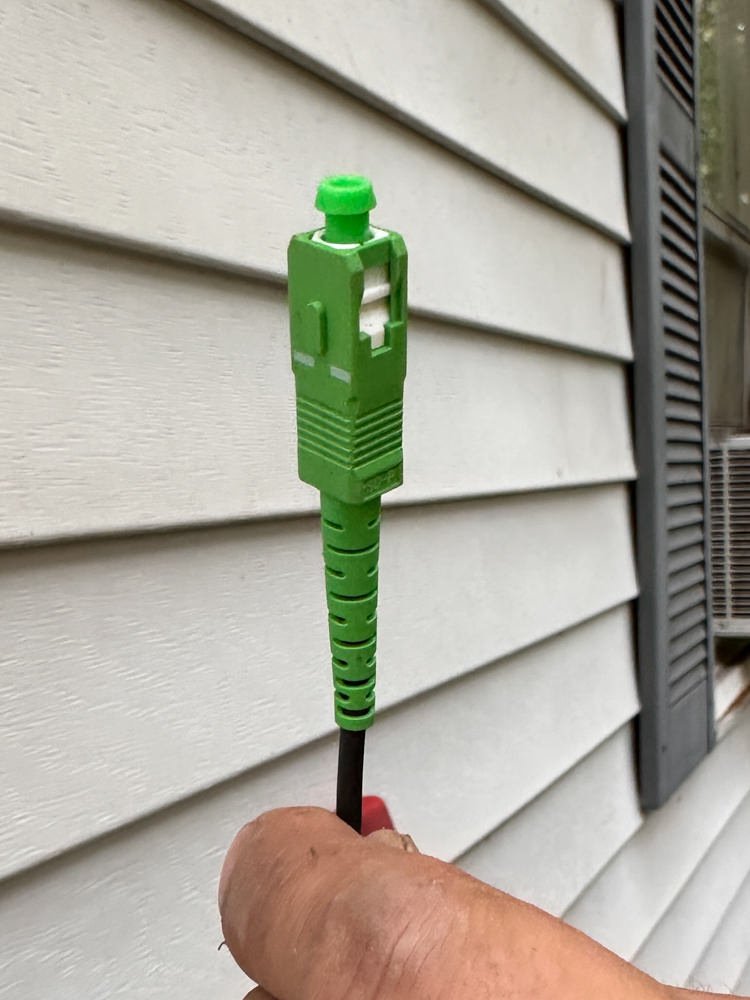

Socket customers might learn some fiber-optic jargon when their service is installed.
A “vault” is the big hole on a nearby street corner. From here, the internet is fed on separate cables to houses.
The “flower pot” has a lid like your water meter and is by your curb.
Each address is connected to a vault by buried cable protected by conduit.
When the installer arrives for a “drop” at your house, a length of fiber-optic cable long enough to reach your house will be pulled through the conduit from the vault to your flower pot.
The cable is connected to a “splice case” in the vault, where each cable is identified with the house address it’s going to. Four houses can be connected to a splice case. In one instance, four splice cases in a vault can potentially serve a total of 16 houses.
Cable from the vault to the house is all one length – not spliced.
Inside the flower pot, the cable exits the conduit and continues to the house.
On the side of the house is a connection box, where the cable coming to the house is connected to one going inside to a router for WiFi and ethernet connections.